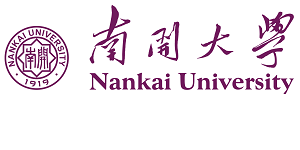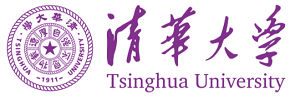** Find out more about HUST’s rankings **
Vision
HUST aims to establish itself as a world-class university with Chinese characteristics. Devoted to “Seek truth and Make innovation”, the university will continue to pursue excellence, improve holistic education quality, and strive for a more brilliant future.

Overview
HUST is a comprehensive and key national university directly under the administration of the Ministry of Education in China. Located in Wuhan, the campus covers an area of over 470 hectares, known as “University in the Forest”. HUST commend to advance combination of humanity education and science education, dedicate to nurture well-rounded individuals.
The university was established in 1952, originally under the name of Huazhong Institute of Technology. On May 26, 2000, the former HUST merged with Tongji Medical University (founded in 1907) and Wuhan Urban Construction Institute (founded in 1952), to form the new HUST today. The university is one of the first batch of universities supported by the “Double First-class” Initiative, which was supported by "211 Project" and "985 Project" before.
HUST hosts around 3400 full-time faculty members, including 16 academicians of CAS and CAE, over 1600 with overseas experience, more than 1200 professors and over 1300 associate professors.
Approximately 55,000 full-time students in total are enrolled, including about 30,000 undergraduates, 17,700 master candidates, and 7300 doctoral candidates.
More about HUST: http://english.hust.edu.cn/About/HUST_Sketch.htm


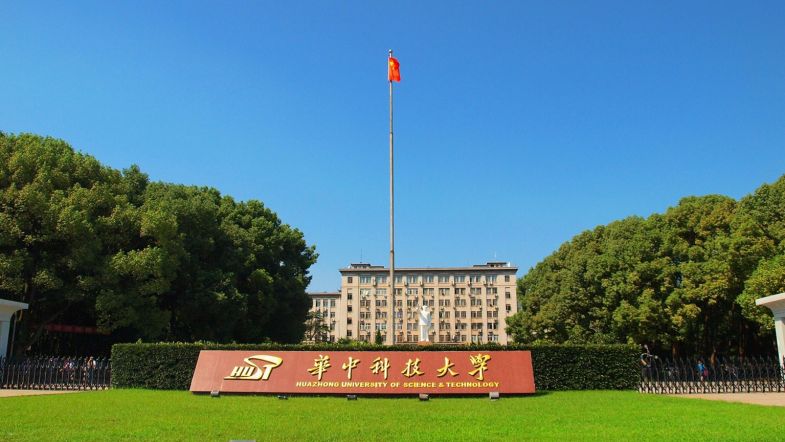
Academics
HUST has about 40 schools and departments, covering 10 subject areas: philosophy, economics, law, education, literature, engineering, medicine, management and arts, offering a variety of degree programs, including 99 undergraduate programs, 201 master programs, and 188 PhD programs. In 2017, Four disciplines namely, Mechanical Engineering, Optical Engineering, Biomedical Engineering, Public Health and Preventive Medicine ranks top 1 (A+) among its peers in China.
HUST faculty and departments: http://english.hust.edu.cn/Academics/Schools_and_Departments.htm

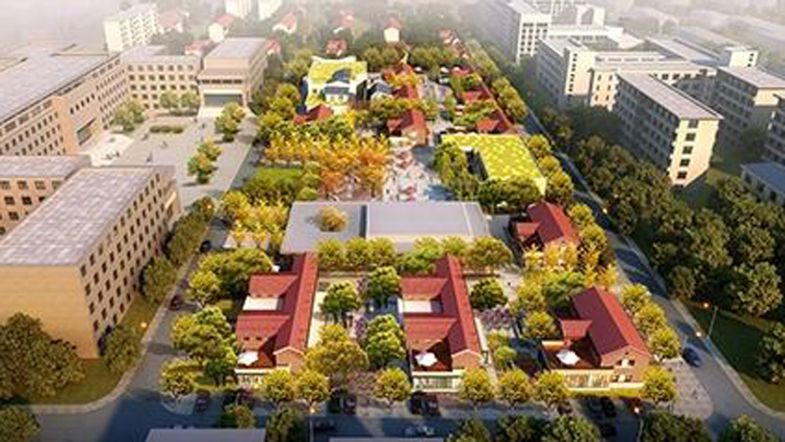

Research
HUST is proud of the three leading national platforms:
1. Wuhan National Research Center for Optoelectronics (WNLO), which has published the largest number of academic publications among the top three optical centers worldwide. http://www.wnlo.cn/

2. Wuhan National High Magnetic Field Center (WHMFC), which can generate the highest intensity pulsed magnetic fields in Asia, third highest in the world. http://whmfc.hust.edu.cn/english/About_Us.htm
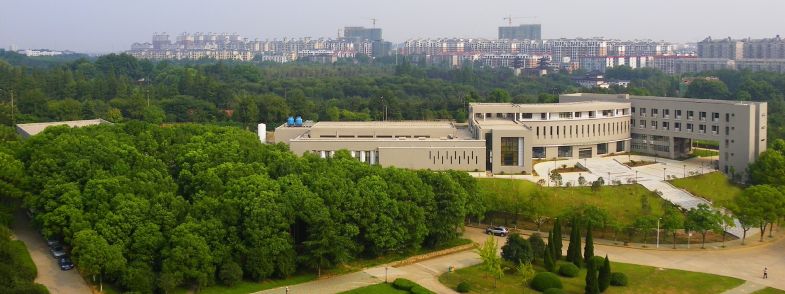
3. Center for Gravitational Experiments (CGE), which contributes the most accurate Newtonian gravitational constant in the world. http://ggg.hust.edu.cn/English/Home.htm
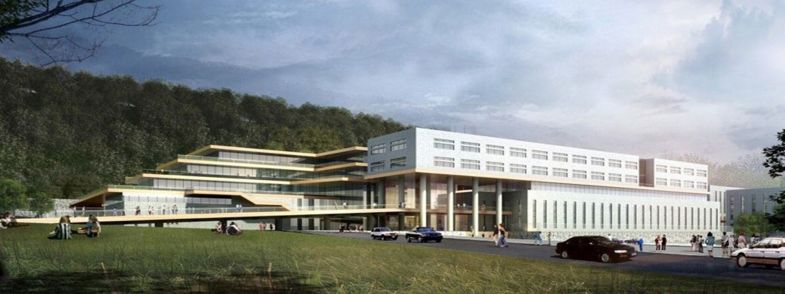
In addition, various education and research facilities have been well established, including 5 state key laboratories, 6 national engineering (technology) research centers, 1 national engineering laboratory, 2 national specialized laboratories, and tens of provincial research bases. Tongji Medical College of HUST has 10 affiliated hospitals, which integrate the functions of clinic medical service, teaching, scientific research and training.
HUST research: http://english.hust.edu.cn/Research/Overview.htm
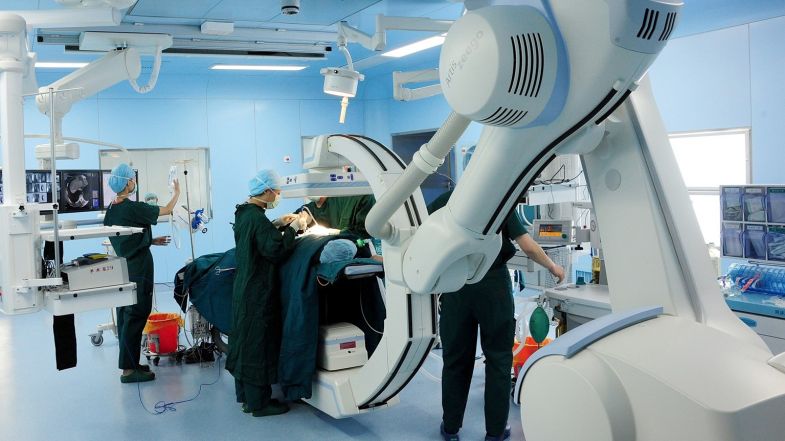
** Find out more about HUST’s rankings **
Social commitment
HUST commits to producing outstanding talents, distinguished scholars, remarkable achievements that benefit the country and the world. It comprehensively promote quality education and build a dynamic and innovative talent cultivation system. Over the past decades, the university has cultivated about 400 thousand professional talents. It educated about 50 academicians of CAS and CAE, over 50 presidents of China's higher education institution and a group of provincial governors and ministers. Over 15 alumni were listed as 30 under 30 by Forbes China, 5 of which were listed as 30 under 30 Asia.

The university services local economy by developing cooperative programs, setting up research institutes and industrialization bases with local governments and major enterprises. Now the university has developed itself into one of the seven national technology transfer centers in China. The Optics Valley of China in Wuhan was proposed by HUST.


Internationalization
With burgeoning international exchanges and cooperation, HUST has strategic partnerships with more than 100 renowned universities and research institutions from over 35 countries and regions. International educational institutes are established, including School of Engineering Sciences, one of the first four pilot schools supported by International Demonstration School Promotion Plan; China-EU Institute for Clean and Renewable Energy (ICARE), the third Sino-European educational institute jointly initiated and established by the Chinese government and European Union.
Over 1,600 scholars and experts visit and lecture here annually. Various overseas exchange programmes are available. Currently, about 4,000 international students gather here for degree and non-degree programs. Scholarships are accessible to all applicants. A number of governors and ministers have been trained for ASEAN.
Check out our admission now: http://english.hust.edu.cn/Admission/Overview.htm





